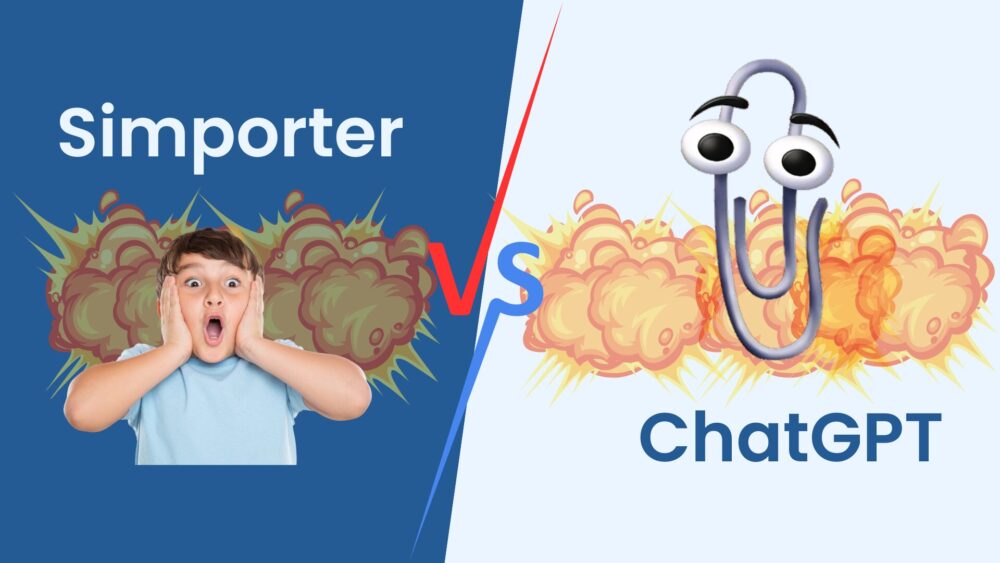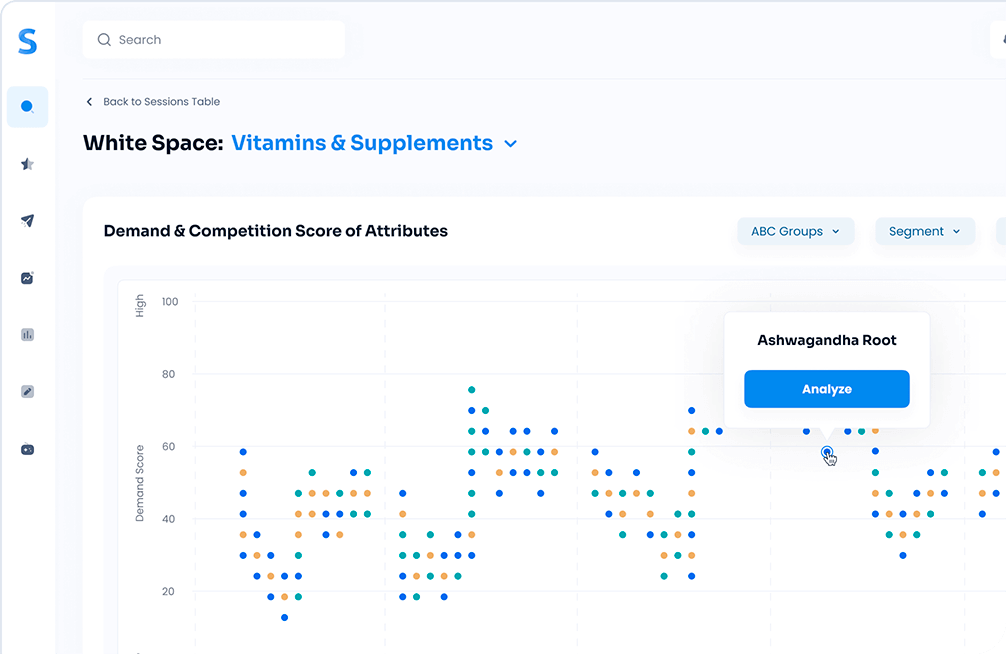Consumer insights play a key role in helping businesses in the consumer goods industry enhance their customer experience. By analyzing customer feedback, purchasing behaviors, and overall interactions, companies can refine their approach to delivering products and services that resonate with their audience. When businesses gather and act on consumer insights, they can align their strategies with the real needs of their customers, leading to better satisfaction, smoother customer journeys, and ultimately, increased loyalty.
In this article, we’ll break down the concept of consumer insights in customer experience (CX), how businesses can use insights to enhance each stage of the customer journey, and the top tools available to gather these insights effectively.
What Are Consumer Insights?
Consumer insights refer to the understanding gained from analyzing customer data—feedback, purchase behavior, preferences, and more—that helps companies in the consumer goods industry make better decisions about their business strategies. These insights allow businesses to tailor their products and services to meet customer expectations, which directly impacts customer satisfaction and loyalty.
For instance, a company like Procter & Gamble (P&G) gathers consumer insights through surveys and purchasing data to improve the effectiveness of its products. By learning which features customers value most in items like Tide detergent or Pantene shampoo, P&G can make adjustments that appeal to customer preferences, such as improving scent or adjusting packaging for convenience. This use of consumer insights ensures that the company remains aligned with its customers’ needs, leading to higher satisfaction and repeat purchases.
Similarly, Coca-Cola has used consumer insights to understand customer sentiment toward sugar reduction. Through focus groups and social media monitoring, Coca-Cola identified a growing demand for healthier beverage options, leading to the launch of Coca-Cola Zero Sugar. By listening to its customers and acting on these insights, Coca-Cola improved its product offering to match evolving consumer tastes.
Using Consumer Insights to Enhance the Customer Journey
Understanding how consumer insights impact each stage of the customer journey is essential for companies in the consumer goods sector. By leveraging these insights, businesses can address customer pain points, improve engagement, and optimize every touchpoint, from awareness to advocacy.
Awareness: Personalizing Outreach to Potential Customers
In the awareness stage, companies can use consumer insights to personalize marketing efforts and connect with potential customers. By analyzing demographic data, preferences, and shopping habits, brands like Unilever can tailor their messaging to target specific segments. For example, if insights reveal that eco-conscious millennials are increasingly seeking sustainable products, Unilever can highlight the environmental benefits of its eco-friendly brands like Seventh Generation in its marketing campaigns.
Consideration: Anticipating Customer Pain Points
During the consideration stage, consumer insights help companies understand the challenges their customers face and anticipate their needs. A consumer goods company like Colgate-Palmolive might discover through consumer research that many people find traditional toothpaste tubes difficult to squeeze, especially as they near the end. By addressing this pain point, Colgate could introduce more user-friendly packaging, such as a squeezable pump, improving the overall customer experience and increasing customer loyalty.
Purchase: Streamlining the Checkout Process
In the purchase phase, consumer insights can streamline the buying process, making it easier for customers to complete transactions. A brand like Nestlé, through analyzing purchase behavior, might notice that customers abandon their online carts frequently during a specific part of the checkout process. By using these insights to simplify the interface or reduce the number of steps required to complete a purchase, Nestlé can reduce friction and encourage more completed sales.
Retention: Identifying and Addressing Churn Risks
Retention is where consumer insights become invaluable for spotting potential churn risks. For example, a company like L’Oréal could use insights from customer surveys and product usage data to identify patterns that lead to decreased satisfaction, such as customers not seeing promised results from skincare products. By using this data, L’Oréal can proactively reach out to these customers with targeted solutions, such as offering advice on product usage or sending a personalized discount code for a different product.
Advocacy: Turning Customers into Brand Advocates
Finally, in the advocacy stage, consumer insights help businesses turn satisfied customers into brand advocates. For instance, Nike uses insights gathered from loyal customers to create exclusive offers, limited-edition releases, and personalized rewards that encourage customers to share their positive experiences. By understanding what motivates brand advocacy, Nike can foster a community of loyal consumers who actively promote the brand, both online and offline.
An Example
An example of leveraging consumer insights to reduce churn comes from a global personal care brand that used demographic data to identify that younger customers were more likely to discontinue subscriptions to skincare boxes after a few months. By offering these customers targeted discounts or free product samples, the brand successfully reduced churn by 20%, demonstrating the power of consumer insights in improving the customer journey.
Top Tools for Gathering Consumer Insights to Improve Customer Experience
Consumer goods companies rely on a variety of tools to gather the insights they need to improve customer experience. Whether analyzing purchasing behavior or running surveys, these tools help brands make data-driven decisions to refine their strategies.
Simporter
Simporter stands out as a comprehensive consumer insights tool, offering AI-powered trendspotting and concept testing. Simporter analyzes real-time consumer behavior across e-commerce platforms, social media, and market data, giving consumer goods companies the actionable insights they need to stay ahead. For example, if a company like Kellogg’s wants to understand why certain snack products perform better seasonally, Simporter can provide data-driven answers by analyzing customer sentiment and sales patterns. This allows brands to fine-tune their product offerings and marketing strategies to match evolving customer preferences.
Qualtrics
Qualtrics is a leading platform for conducting customer surveys and gathering feedback. Consumer goods companies can use Qualtrics to gain insights into customer satisfaction, product preferences, and potential pain points. For example, a company like Johnson & Johnson could run a survey to understand how customers feel about their new baby care line and use this data to refine the product or packaging.
Google Analytics
Google Analytics is essential for tracking customer behavior on e-commerce websites. Consumer brands can use this tool to understand how visitors interact with their online stores, what pages drive the most engagement, and where customers drop off during the buying process. For a brand like General Mills, Google Analytics could reveal that customers often leave the site at the payment stage, prompting them to optimize the checkout process for a better customer experience.
Hotjar
Hotjar provides heatmaps and behavior analytics for websites, showing companies where customers are spending the most time and where they drop off. This tool is especially useful for consumer goods companies trying to optimize their online user experience. For instance, if a brand like Clorox notices that customers aren’t completing product purchases on their website, Hotjar can provide insights on which parts of the website need improvement to increase conversion rates.
SurveyMonkey
SurveyMonkey is another popular tool for gathering consumer feedback. By creating targeted surveys, consumer goods brands can capture valuable insights about customer preferences and satisfaction. A company like PepsiCo might use SurveyMonkey to gather feedback on new flavors or packaging designs, helping them make informed decisions before launching new products.
These tools are essential for gathering consumer insights that lead to meaningful improvements in customer experience, helping brands stay competitive in a fast-moving marketplace.
Case Study
How Kimberly-Clark Transformed Its Customer Experience Using Insights
Kimberly-Clark, the global consumer goods giant behind brands like Huggies and Kleenex, leveraged consumer insights to significantly improve its customer experience. The company wanted to address the issue of declining customer satisfaction for their baby care products. After gathering and analyzing feedback from surveys, social media listening, and product reviews, Kimberly-Clark found that many parents were frustrated with the complexity of their diaper packaging and the lack of environmentally friendly options.
By using these insights, the company redesigned their Huggies packaging to make it more user-friendly, incorporating easy-to-open features and clearer instructions. They also introduced a new line of eco-friendly diapers, targeting parents who were looking for sustainable products. As a result, Kimberly-Clark saw a 25% increase in customer satisfaction, a 15% rise in repeat purchases, and an uptick in brand loyalty, especially among environmentally conscious consumers. This case study illustrates how consumer insights can directly translate into tangible improvements in customer experience and drive business growth.
Key Takeaways from Kimberly-Clark’s Approach
- User-Friendly Packaging: Simplifying the packaging design based on customer feedback improved ease of use and boosted customer satisfaction.
- Sustainable Products: Introducing eco-friendly options aligned with consumer demand for environmentally responsible choices, strengthening customer loyalty.
- Data-Driven Decisions: By leveraging consumer insights, Kimberly-Clark ensured that their product development decisions were rooted in actual customer needs.
This case study highlights the importance of using consumer insights not only to solve customer pain points but also to innovate in ways that resonate with target audiences.
How to Implement Consumer Insights for Your Brand
Now that we’ve seen how consumer goods companies like Kimberly-Clark have successfully improved their customer experience, let’s explore some actionable steps for your own brand.
Set Up Feedback Channels
The first step to gathering consumer insights is setting up multiple feedback channels. Whether through surveys, reviews, or social media listening, creating a structured process to capture customer opinions is crucial. For example, if you’re a brand like Unilever, offering incentives for product reviews or sending out post-purchase surveys can yield valuable insights into how customers feel about your products.
Segment Your Audience
Once you’ve gathered feedback, it’s essential to segment your audience. Different demographics may have varying needs, and understanding these nuances can help you tailor your customer experience efforts. For instance, a brand like Dove (owned by Unilever) could use insights from younger customers to inform its marketing campaigns on social media, while using feedback from older customers to improve its product formulations.
Use Predictive Analytics
Consumer insights don’t just tell you what’s happening now—they can help predict future trends. Tools like Simporter allow consumer goods companies to analyze market trends and predict shifts in customer behavior. For example, if data shows that customers are increasingly interested in plant-based products, brands like Nestlé can use this insight to develop new plant-based offerings that meet future demand.
Personalize the Customer Experience
Consumers are more likely to engage with brands that provide personalized experiences. Using insights from purchase behavior or survey responses, you can create personalized recommendations or promotions. For instance, a brand like Kellogg’s might analyze a customer’s purchasing patterns to recommend new cereal flavors based on their past preferences, driving repeat purchases and customer satisfaction.
Continuously Monitor and Adapt
Consumer needs and preferences evolve over time, so it’s important to continually monitor customer feedback and adapt your strategies accordingly. Tools like Hotjar and Simporter can help you stay on top of these changes by providing real-time insights into customer behavior and satisfaction levels.
Conclusion
Consumer insights are an invaluable resource for improving customer experience in the consumer goods industry. By understanding customer needs, preferences, and pain points, brands can make informed decisions that lead to higher satisfaction, increased loyalty, and better business outcomes. From streamlining the customer journey to creating more personalized experiences, leveraging consumer insights is key to staying competitive in a fast-evolving market.
Ready to elevate your consumer insights strategy? Simporter can help you gather and analyze consumer insights with ease, allowing you to make data-driven decisions that boost customer satisfaction. Get started today with a free demo!









